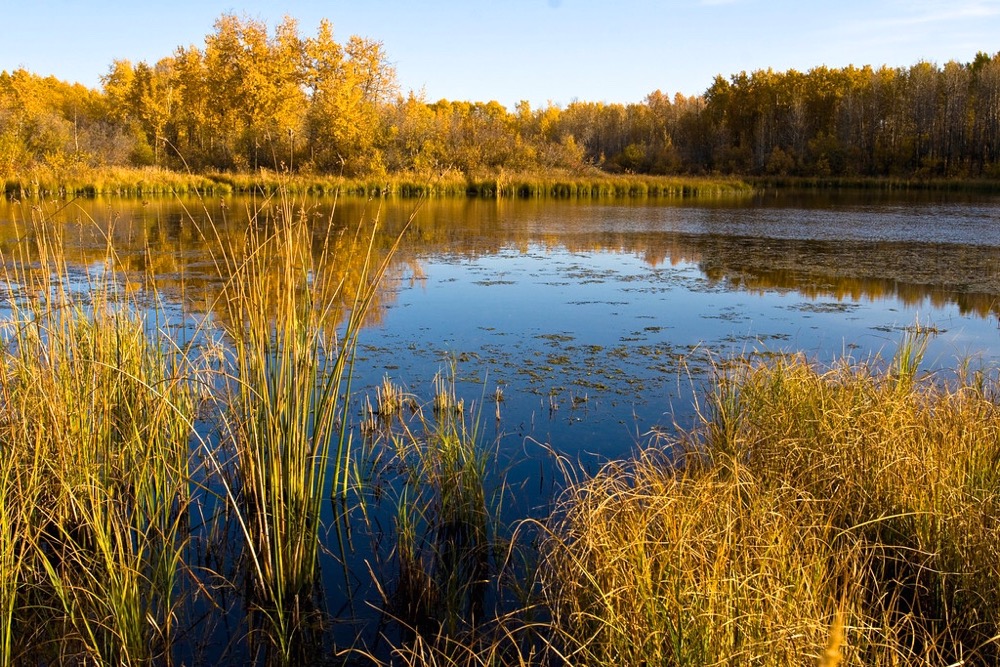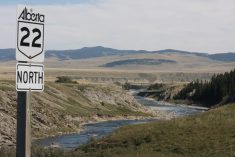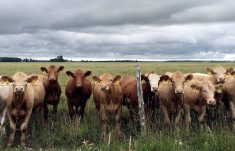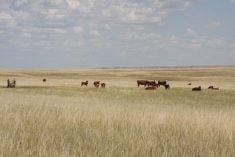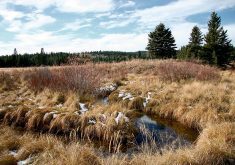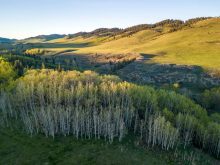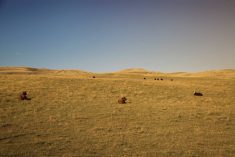A new online tool developed at the University of Saskatchewan will help both policy-makers and producers estimate the value of wetlands across the Prairies.
“When we push for wetland conservation, sometimes the language that our leaders and policy-makers understand best is the dollar value,” said researcher Eric Asare, who led the project for the USask College of Agriculture and Bioresources.
“They’ll be spending money to design and implement policies to conserve these wetlands, so if they’re spending even $1, they should know what the return is for that $1.
Read Also
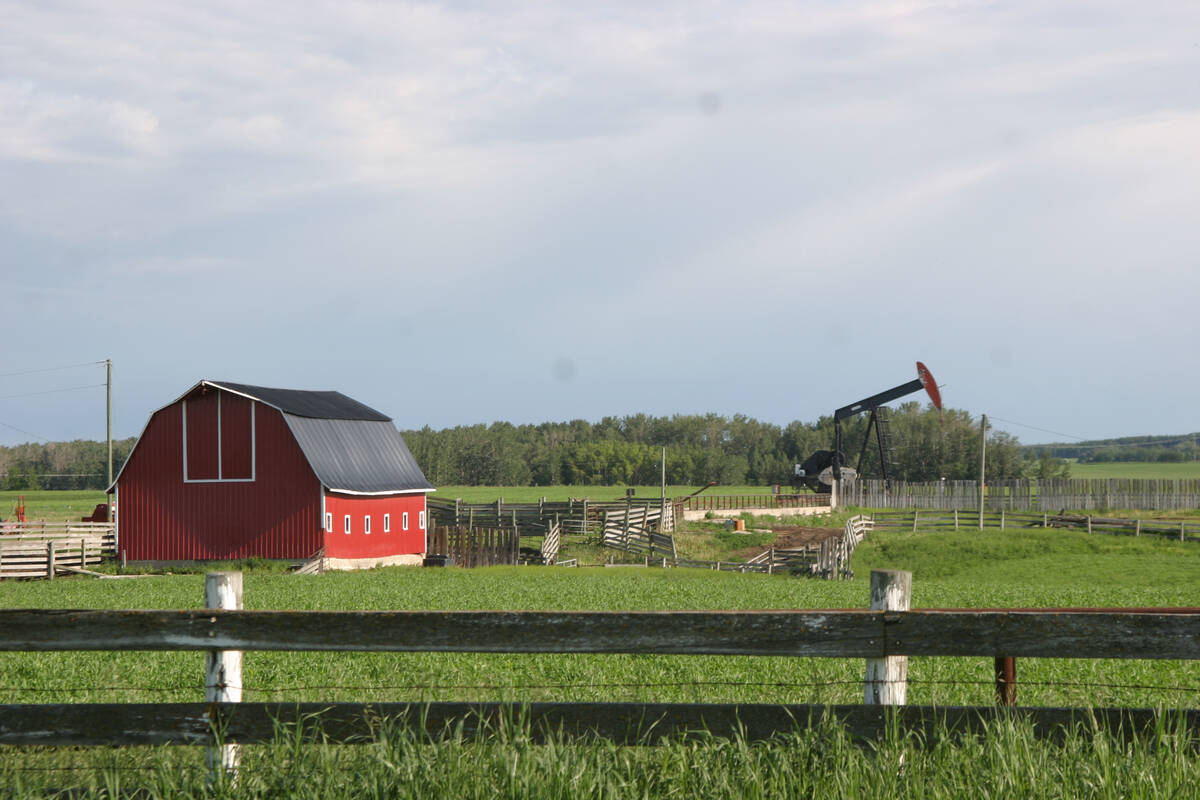
Recommendations in the mature assets strategy could cause potential problems for landholders
The Western Stock Growers’ Association urges producers to pay attention to the potential changes to Alberta’s Mature Assets Strategy.
“If we’re making a push for wetland conservation, we should actually know the value of these wetlands.”
And the push for conservation is an ongoing and urgent one, as an estimated 50 to 70 per cent of Prairie wetlands have been lost as a result of agricultural uses.
“That’s a huge wetland area lost. It’s scary,” said Asare. “The average person might think that wetlands are wastelands — it looks like land with water standing on it, so most people don’t pay attention to these wetlands.”
To create the calculator (available online at Wetland Ecosystem Evaluation Tool), a research team analyzed various factors, including the agricultural productivity, number of bird and amphibian species that use the wetland, and population density in the area. It’s not an exact value but it’s useful, said Asare.
“Wetlands are highly complex, so it can be hard to put a dollar value on them,” he said. “But we can use all these factors to explain how wetland values vary across the landscape. From that, we can tease out how wetland values may change if we change, say, the population density or the wetland area.”
Unsurprisingly, in areas with higher population density (where more people will benefit from the ecosystem services) wetlands can be worth a lot — up to $6,500 per hectare per year.
That’s not as surprising as it sounds, said Asare.
“Wetlands are extremely valuable to our society,” he said. “If you spend $1 to conserve a wetland, society can get a $2 return on that investment. That’s the reason we need to put a value on these wetlands.”
One example is flood control.
“If you imagine serious flood damage in a city, the insurance payout can be in the millions. But if you have a wetland that reduces that damage, you can imagine the economic contribution of these wetlands just for flood control.”
The estimated values just for farming — from $85 to $500 per hectare depending on the location — are quite a bit higher than the net returns from growing a crop of canola or spring wheat.
But Asare doesn’t expect farmers to swap out their crops in favour of wetland conservation. For one thing, that’s not economical to do (yet).
“Conserving the wetland can reduce their profit, so if a farmer is thinking purely in terms of profit, they might not consider the value of the wetland,” he said. “But if they know the value of the wetland, they’re in a better position to conserve it.”
For another thing, farmers aren’t yet seeing a lot of direct financial benefits from their conservation efforts. Although these wetlands have a dollar value, that doesn’t typically translate into more money in the bank.
That’s starting to change as conservation organizations begin to pay producers for the ecosystem services on their land, he said.
“If we want to conserve wetlands, we need to pay attention to farmers. Organizations like Ducks Unlimited now pay farmers to conserve wetlands,” said Asare. “With this tool, the farmer can actually estimate the value of the wetland, which could give them a little bit of bargaining power.”

